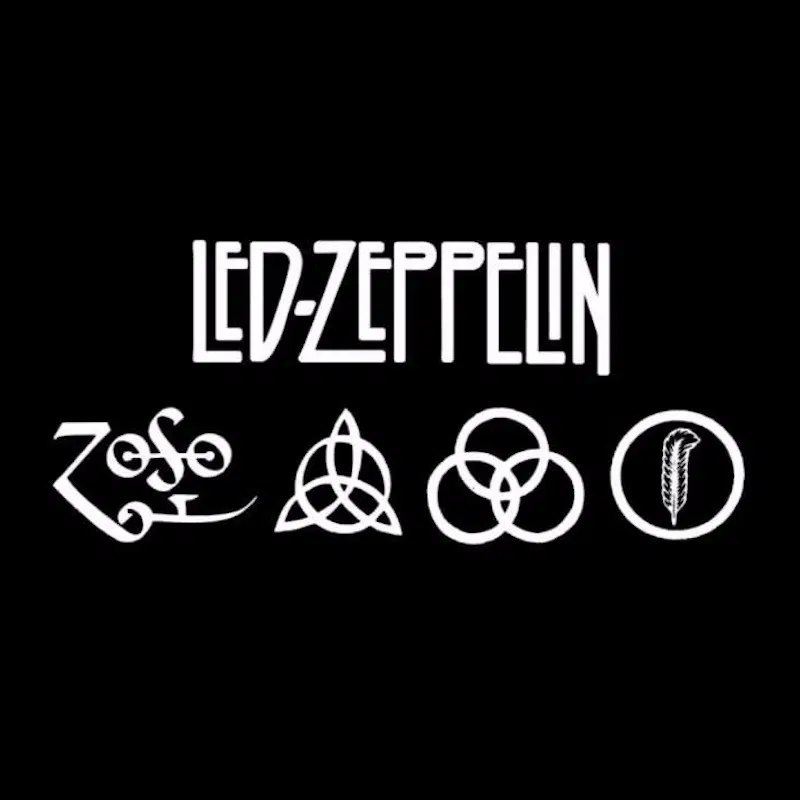 The Led Zeppelin symbols stand out as one of the most iconic band logos in the realm of rock ‘n’ roll. Prior to the launch of their fourth album, recognized as Led Zeppelin IV, the band faced considerable pressure. Despite the high anticipation and chart-topping success of their previous album, Led Zeppelin III received mixed and unfavorable reviews from critics.
The Led Zeppelin symbols stand out as one of the most iconic band logos in the realm of rock ‘n’ roll. Prior to the launch of their fourth album, recognized as Led Zeppelin IV, the band faced considerable pressure. Despite the high anticipation and chart-topping success of their previous album, Led Zeppelin III received mixed and unfavorable reviews from critics.
In an effort to distance themselves from the previous album, Led Zeppelin opted for a unique approach with their new release—no title, no track listing, and no explicit ties to the band itself. To complement this air of mystery, the band members each selected a symbol representing them individually. These symbols were prominently featured on the inner jacket of the record. Unsurprisingly, the album went on to become a massive success.
Robert Plant shed light on the symbolism, stating, “Each of us decided to go away and choose a metaphysical type of symbol which somehow represented each of us individually—be it a state of mind, an opinion, or something we felt strongly about, or whatever. Then we were to come back together and present our symbols.”
Now, let’s delve into the meaning behind each symbol chosen by the four members of Led Zeppelin.
Robert Plant’s Symbol
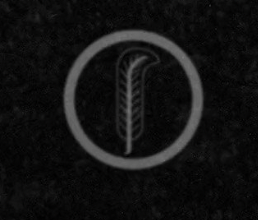
The Robert Plant symbol is a feather encased within a circle, representing the feather of Ma’at, the ancient Egyptian goddess of truth, justice, harmony, and balance. The feather can also be perceived as a pen, which would check out for lyricist Robert Plant. The symbol originated from the Mu civilization, which existed 15,000 years ago on a lost continent in the Pacific Ocean.
Jimmy Page’s Symbol
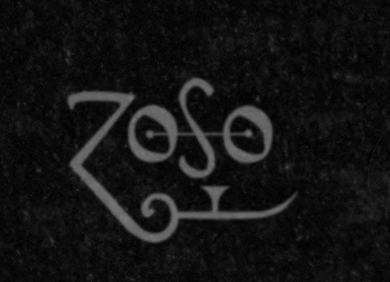
Page’s symbol presents the most mystery out of all the band members. His symbol is known as the Zoso symbol, and many members speculate that it has a satanic meaning behind it. Fans have found the source of Page’s symbol from a 1557 book, Ars Magica Arteficii, by J. Cardan. One of the theories saw the symbol as Page placing his own twist on it. The “Z” represents the astrological sign of Capricorn, which is Page’s sign and then the “oSo” aligns with the Satanic origin of “666.”
Truly, no one knows what the meaning of Page’s symbol to this day—not even Robert Plant. “You may not believe this,” says Plant, “but Pagey once took me aside and said ‘Look, I’m going to tell you the meaning of this once, and then I shan’t ever mention it again—or at least, not for a long, long time anyway.’ And would you believe that I have since forgotten what it was, and now Pagey won’t tell me.”
John Paul Jones’ Symbol
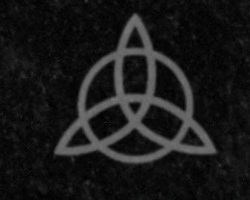
John Paul Jones’ symbol is three interlocking ovals with a circle over them. The symbol is from Rudolf Koch’s Book of Signs and entails Celtic and Gaelic origins for the sign. With multiple meanings behind the sign, Jones chose the meaning of the sign that represented a confident and competent individual.
John Bonham’s Symbol
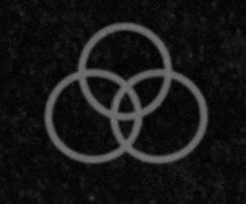
According to Far Out Magazine, Bonham also looked in Koch’s Book of Signs and landed on one that represented the holy trinity: mother, father, and child. It was the same format of his own family at the time. Page said that Bonham was drawn to the symbol without any significant notice, but Plant would disagree. Whether or not it had personal meaning, the symbol was also the inverted Ballantine Beer symbol, emphasizing Bonham’s jokester and partying characteristics as well.















